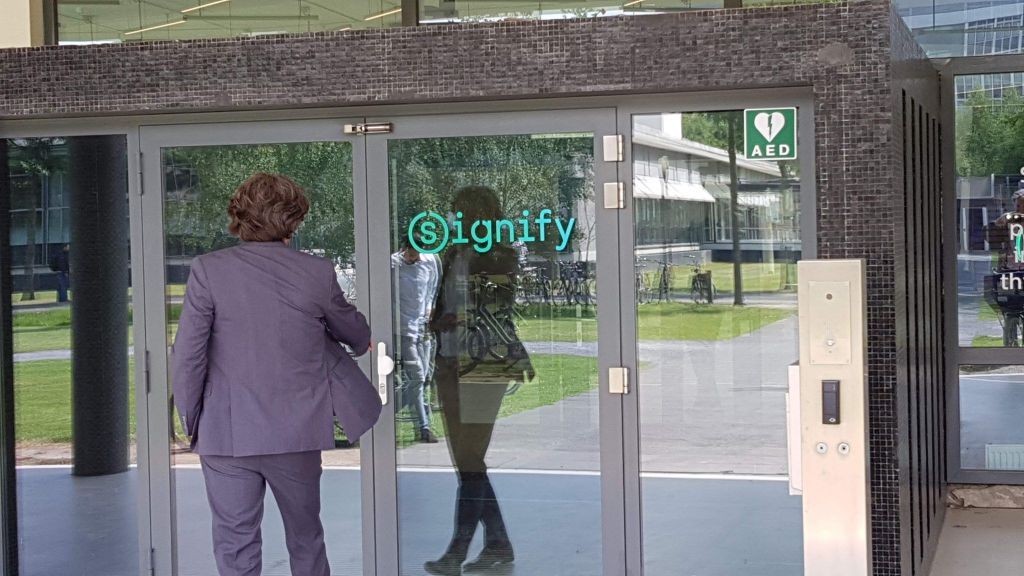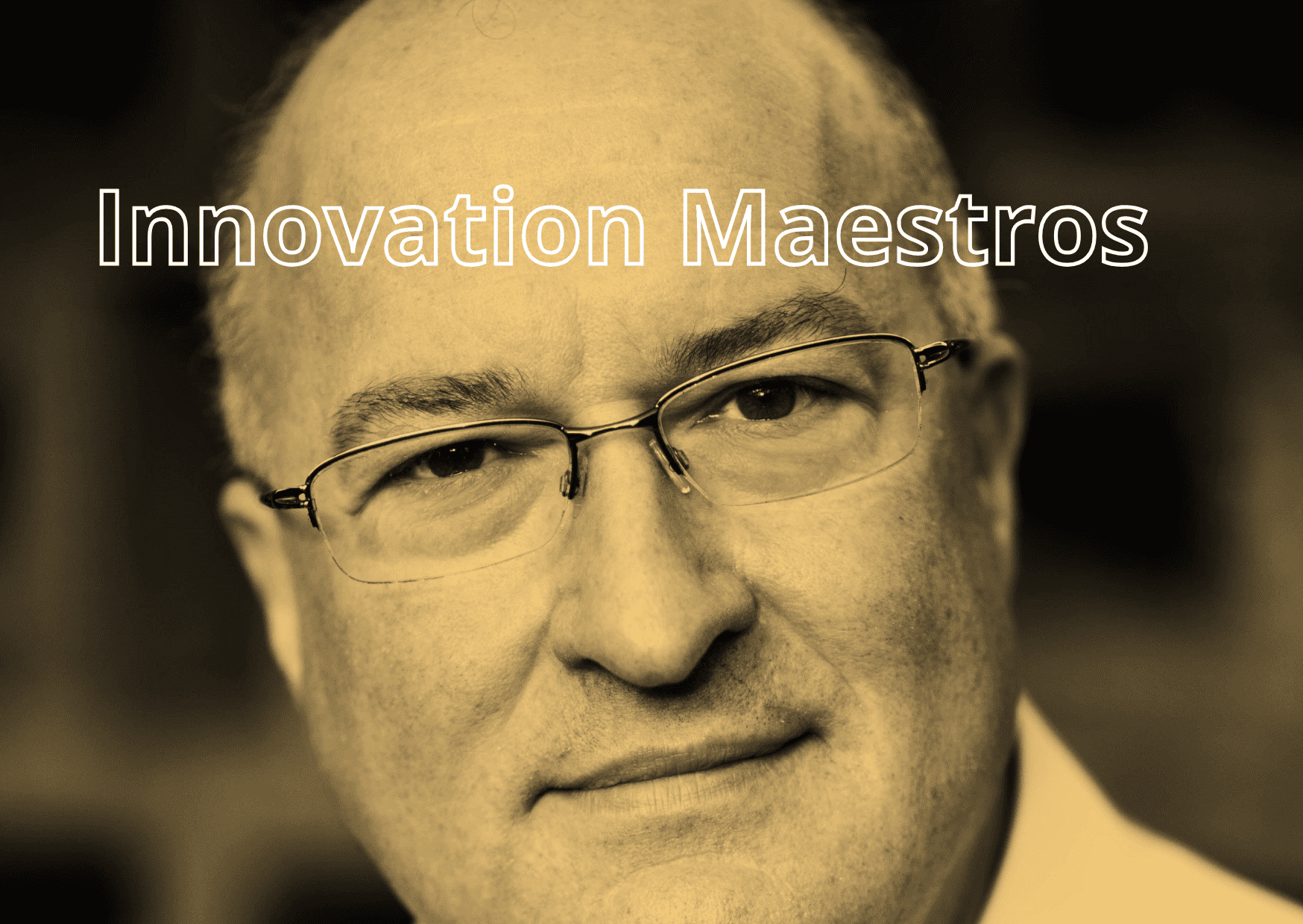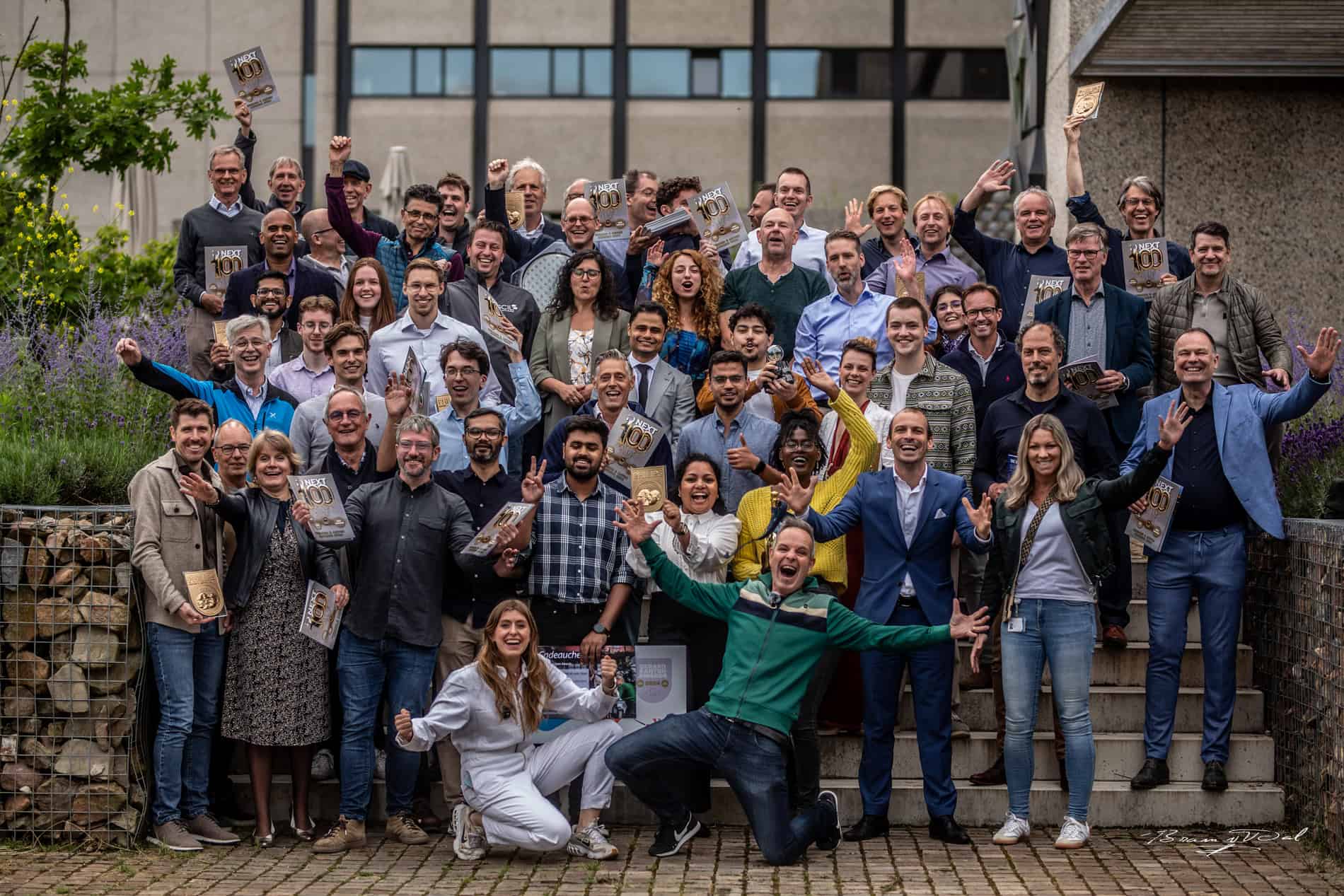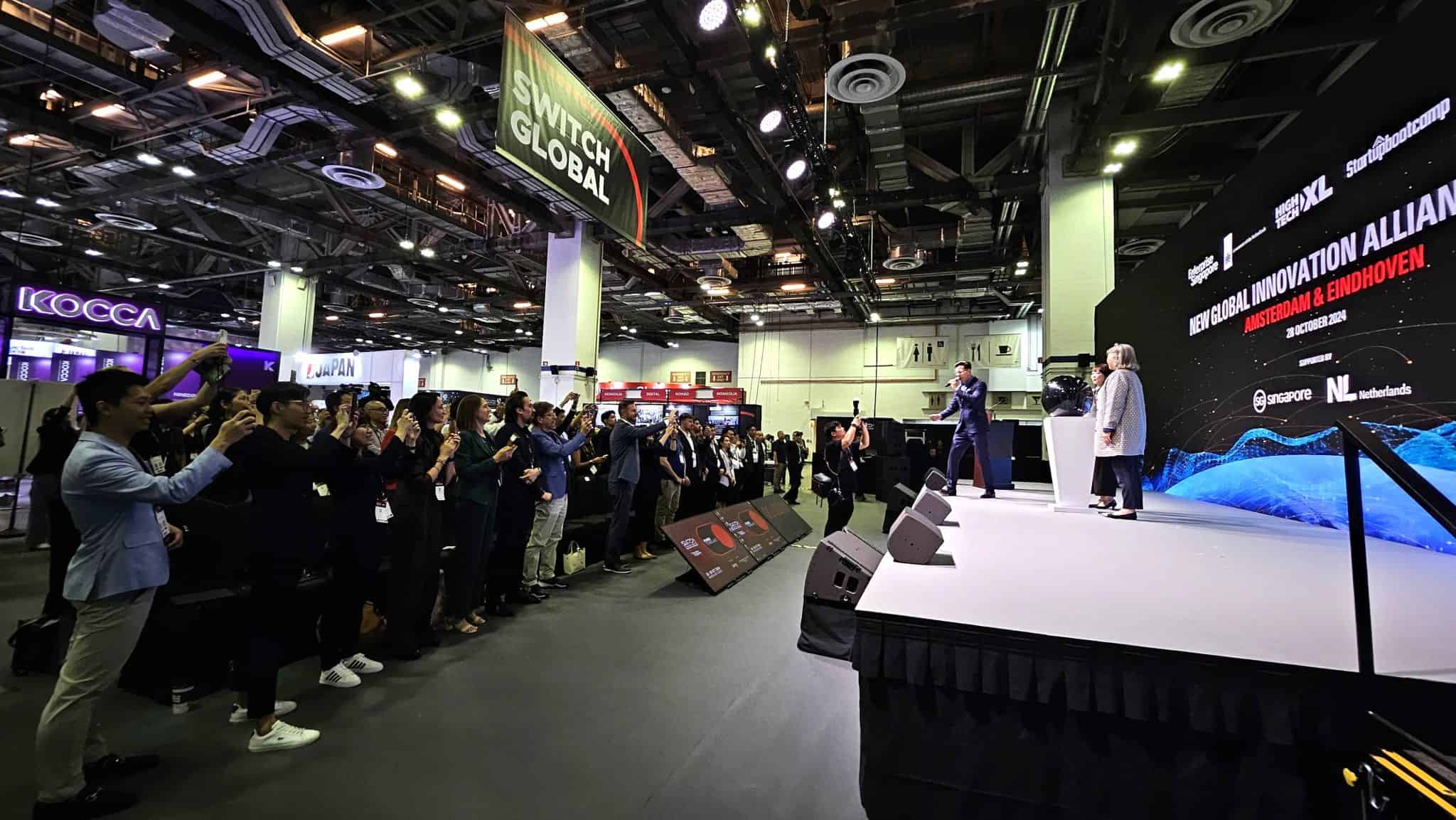
Not only the labs on the High Tech Campus in Eindhoven but also a meeting room in Bangalore, a lobby in Stavanger, a smart devices lab in Singapore, an office in Paris and dozens of other places around the world have already experienced it: connection to the internet without looking for the traditional wifi signals. Thanks to Signify‘s worldwide pilot, an internet connection can now also be acquired through “light fidelity”, or LiFi.
Interview Radio4Brainport with Ed Huibers (Signify):
Audio PlayerSignify says the LiFi-enabled LED fixtures are the ideal combination of “excellent light quality with a fast broadband data connection using light waves, enabling customers to send email, securely access their company network and surf the internet through their lights”. And the good thing is: it offers at least 1,000 times the spectrum of WiFi, according to the Eindhoven based lighting company. “Philips LiFi-enabled luminaires are attracting considerable interest as an alternative or complementary technology to WiFi for specific applications and because of the increasing congestion of the radio spectrum.”
[learn_more caption=”How does LiFi work?”] LiFi: broadband connectivity through your lights
LiFi offers two-way, high-speed wireless communication like WiFi. Instead of using radio signals it uses light waves to transmit data. Signify’s LiFi-enabled Philips office lighting fixtures have a broadband connection speed of 30Mb per second without compromising lighting quality. This speed is enough to stream simultaneously several HD quality videos while holding a video call.
How does LiFi work?
Each luminaire is equipped with a built-in modem that modulates the light at speeds imperceptible to the human eye. The light is detected by a LiFi USB access key plugged into the socket of a laptop or tablet (in the future such technology will be built into laptops and devices). The LiFi USB access key returns data to the luminaire through an infrared link.
[/learn_more]
Implementation from Bangalore to Stavanger
Trial customers are located all over the world. In Bangalore, India, for example, managed offices provider Incubex has established a LiFi meeting room to enable the many start-ups and firms it serves to explore the technology. “Since our inception, we’ve been actively experimenting with and promoting new technologies. We’re giving our 450 plus members at our Manya Tech Park hub, and more than 3,500 members at our 10 other hubs, the opportunity to be the first to get hands-on with this new technology which is set to go places. So far, we’ve had great feedback and received lots of enquiries from our members,” said Alap Uttamchandani, Founder of Incubex.
Atea, the IT infrastructure company in the Nordics and Baltic region, is piloting LiFi in its office in Stavanger, Norway. The company has installed LiFi luminaires in the lobby of its building so it can demonstrate the technology and have visitors try-out the connectivity. Telecoms company Orange is another customer, piloting the technology at its office near Paris, France, where LiFi is being tested as a complementary and alternative to other mobile communication technologies.
In Singapore, Republic Polytechnic will install LiFi in its Smart Devices Lab. It intends to give its students new learning opportunities and broaden their exposure to smart lighting technologies. The Polytechnic is the first institute of higher learning in Southeast Asia to adopt LiFi.
Broadband Internet through your lights
“Our initial pilots illustrate the massive potential of this technology,” said Michel Germe, Head of LiFi at Signify. “We’ve received hundreds of enquiries from potential customers from all corners of the world, some of which have unearthed applications we’d never considered in detail, such as communication between robots in manufacturing facilities. As well as the 30 pilot projects, we’ve installed LiFi in 26 of our buildings across the world.”
Advantages of LiFi
Signify says LiFi offers benefits over WiFi as it can be used in places where radio frequencies may interfere with equipment, such as in hospitals, or where WiFi signals cannot reach or are weak, such as underground. “It’s also ideal for use in environments demanding high security; for example, the back office of a financial institution or government service. LiFi adds an extra layer of security as light cannot pass through solid walls and a line-of-sight to the light is needed to access the network.”








